More than 90% of online experiences start with a search engine, and 3.5 billion searches are made on Google every day. Marketers can take advantage of this audience with both an organic and paid search marketing strategy. What is the difference between organic and paid search marketing, and what values do each of them bring?
Overview of Search Marketing
Both organic and paid search marketing have the same goal: to boost presence in relevant online search results to earn more visibility, leads, and conversions.
In organic search marketing, companies and users use search engine optimization (SEO) to get their pages to rank highly on online search results. This involves the optimization of many aspects of a website including both the front-end, customer-facing content and the back-end, technical content. Optimizing customer-facing content includes conducting keyword research, organizing content properly, and curating relevant SEO content like blog posts, articles, and product pages. Adjusting back-end content for SEO includes establishing an internal linking structure, adding meta information, and including structured data.
In comparison, paid search marketing allows companies to pay and bid for a prominent spot on relevant search engine results pages. With paid search, companies’ pages can reach users who are actively searching for certain services, products, or information. Paid search marketing consists of nodding, ad extensions, landing pages, keywords, and more.
Benefits and Drawbacks
Organic Search
The most beneficial part of organic search is in the name—it’s organic! This means that your marketing ad spend comes to zero. But organic search is no piece of cake. It requires a great deal of time and effort ranging from researching SEO basics to building strategy to curating optimized content.
A unique benefit of organic search is its ability to reach wider audiences on Google’s numerous platforms. If the page is properly optimized, Google’s algorithm may place the page and its content in the featured snippet box and the “People also ask” and “Top stories” sections.


If your site content features “newly received or noteworthy information, especially about recent or important events” as defined by Google, your articles could also organically appear on Google News.
Arguably, the most difficult part of organic search is the fact that there is no exact formula to follow. Google and other search engines intentionally keep their SEO algorithm a secret, leaving anyone who wants to get their blogs on the first page of Google scrambling to crack the code. However, there are many proven ways to boost your SEO, such as adding appropriate alt text to images, conducting keyword research, and ensuring that your page is crawlable.
This complicated, ever-changing, and time-consuming algorithm of organic search marketing often leads companies to utilize external SEO sites and hire experts to help them navigate.
Paid Search
Even though paid search marketing isn’t free like organic search, paid search marketing still offers flexibility in ad spend. This flexibility varies based on your budget and industry. For example, the average cost-per-click for the consumer services industry is about $6.40, whereas E-commerce’s CPC stands at about $1.16. Regardless of the industry, however, a little money can go a long way on your paid ads if you research and optimize your ads correctly.
Paid search also provides you with instant, quantifiable results. If created correctly, your ads on Google and other search platforms should get approved quickly, providing your business with practically immediate results. Keep in mind that the nature of short-term results means that a paid search only performs for as long as you invest in it—once you stop, so do the results.
Additionally, paid search attracts ready-to-buy users. With a targeted strategy, the paid search focuses on an audience looking to create a conversion, whether the conversion is buying a product, finding a service provider, or more. For best results, monitor your ad bids, costs, and strategy to ensure you receive the desired ROI results you want.
Conclusion
The best search strategy is a combination of both organic and paid search marketing. Both types are complex, constantly changing, and require a great deal of research and time. Working with experienced search experts will ensure you reach your target audience and maximize your ad spend.

